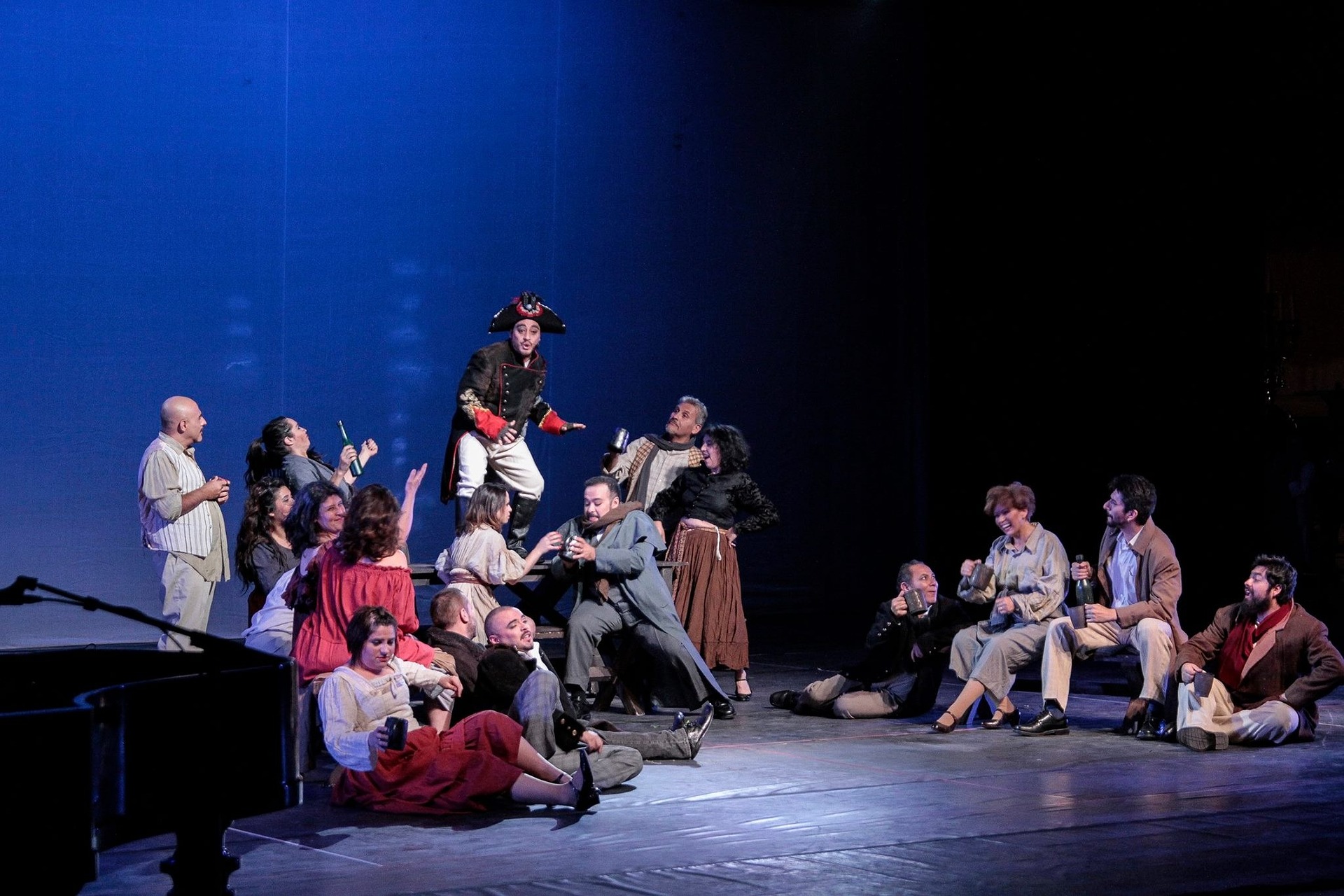Shaping Reality: The Unseen Influence of Production Design in Cinema
Step into the world of production design, a key element in filmmaking often overlooked despite its pivotal role. From creating period-accurate settings to futuristic landscapes, production design shapes our cinematic experience, yet remains largely unrecognized. Let's dive into this fascinating domain and explore its evolution, current trends, and significant impact on the film industry.

The Unseen Art: Understanding Production Design
Production design is the art of creating and managing the physical environment in which a film’s story unfolds. Responsible for aesthetics, designers are tasked with creating the film’s visual narrative, influencing the atmosphere, character development, and overall mood. From the grandeur of “Gone with the Wind” to the futuristic landscapes of “Blade Runner,” the production design has silently charted its course in the annals of cinema history.
Time Travel: Evolution and Impact
From rudimentary sets to intricate virtual environments, production design has come a long way. Early film sets were simple, often painted backdrops mimicking theatrical stages. With the advent of color cinema, the demand for more detailed and realistic set designs intensified. Today, with the combination of real sets and computer-generated imagery (CGI), production design has breached the limitations of reality, creating fantastical worlds such as the Marvel Cinematic Universe.
The Here and Now: Current Trends
The recent trend in production design leans towards authenticity, even in the most fictional narratives. Production designers now often collaborate with historians and experts to create environments that are period-accurate and culturally sensitive. Another trend is sustainability. Many designers are now exploring eco-friendly materials and practices, reflecting global concerns about environmental conservation.
The Unsung Heroes: Recognition and Appreciation
Despite its significance, production design is often overshadowed by more visible aspects of filmmaking. However, recognition has slowly been increasing. The Academy Awards introduced a category for Best Art Direction (now called Best Production Design) in 1927, acknowledging its importance. Furthermore, the growth of behind-the-scenes content and documentaries has helped shed light on this critical aspect of filmmaking.
The Hidden Influence
Production design is an integral part of the filmmaking process, playing a crucial role in storytelling and audience immersion. Its influence, while often unseen, shapes our cinematic experience, making it a powerful yet underappreciated art form. As we continue to push the boundaries of technology and creativity, production design will undoubtedly remain an essential part of our cinematic journeys, silently guiding us through the narratives we love and cherish.




